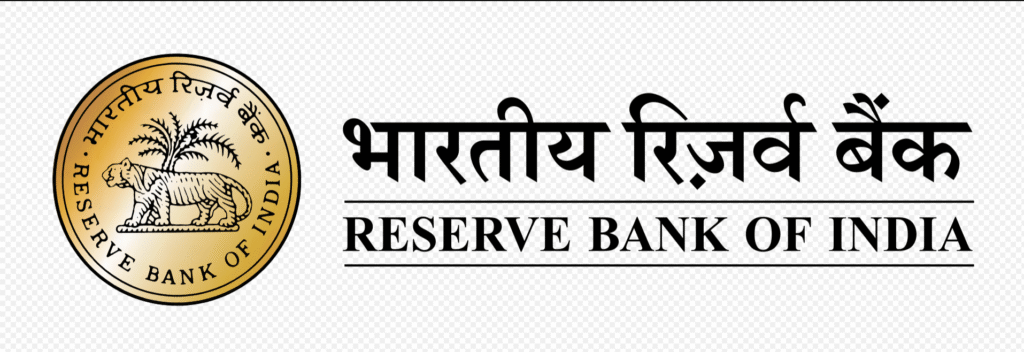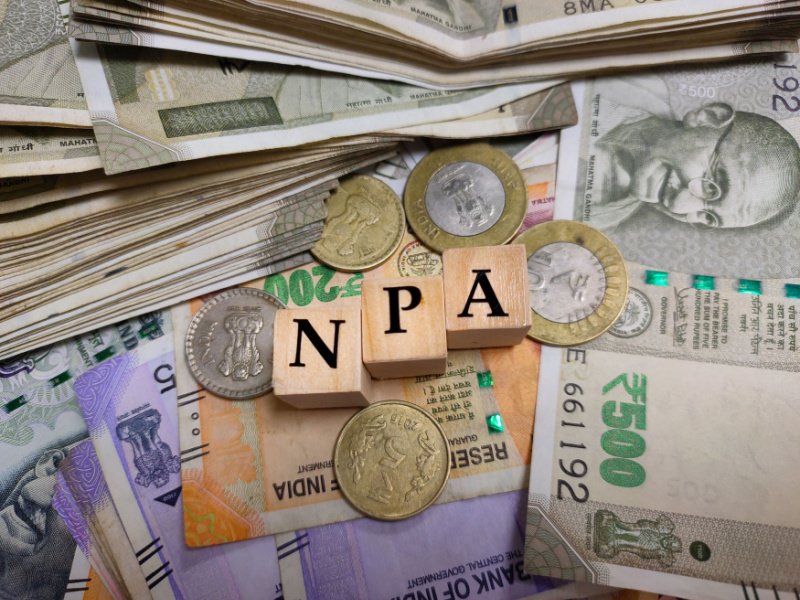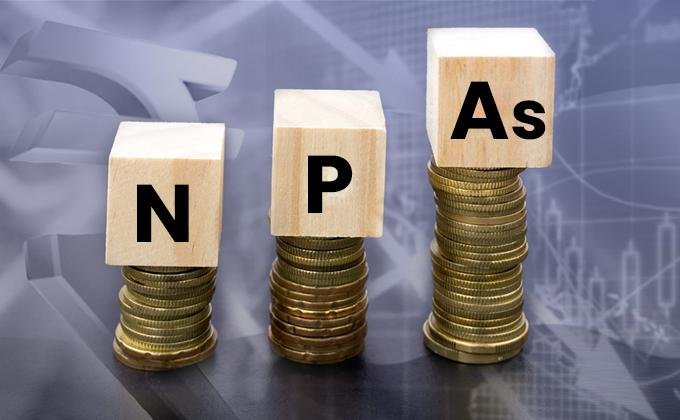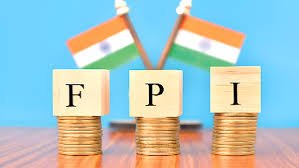Structural and institutional reforms, including IBC, DRT revamp, and RBI’s prudential measures, have led to a sharp decline in public sector banks’ NPAs over the past five years.
New Delhi (Economy India): India has achieved a significant milestone in strengthening its banking sector. The gross Non-Performing Assets (NPAs) of public sector banks (PSBs) have dropped sharply from 9.11% in March 2021 to 2.58% by the end of March 2025, as per data released by the Reserve Bank of India (RBI). This remarkable turnaround is attributed to a wide range of reforms and recovery-focused measures undertaken by the government and RBI.

The year-wise gross NPAs and their ratios are as follows:
| Date | Gross NPAs (₹ Crore) | NPA Ratio (%) |
|---|---|---|
| 31-Mar-2021 | 6,16,616 | 9.11 |
| 31-Mar-2022 | 5,40,958 | 7.28 |
| 31-Mar-2023 | 4,28,197 | 4.97 |
| 31-Mar-2024 | 3,39,541 | 3.47 |
| 31-Mar-2025 | 2,83,650 | 2.58 |

Government-RBI Initiatives Driving NPA Reduction
The sharp fall in NPAs stems from sweeping structural and institutional changes aimed at enhancing recovery mechanisms and tightening lending discipline.
- IBC Revolutionized Recovery Framework:
The Insolvency and Bankruptcy Code (IBC) has fundamentally altered debtor-creditor dynamics by empowering creditors, disqualifying wilful defaulters from the resolution process, and bringing personal guarantors under the code’s ambit. - Legal Amendments Strengthen Enforcement:
Acts like the SARFAESI Act, 2002, and the Recovery of Debts and Bankruptcy Act have been amended to strengthen enforcement and asset recovery. DRT’s jurisdiction threshold was raised from ₹10 lakh to ₹20 lakh to prioritize high-value recovery cases. - Special Recovery Units in Banks:
PSBs have created dedicated stressed asset recovery cells and branches to streamline monitoring and resolution. Business correspondents and the “feet-on-street” model have boosted grassroots-level follow-ups. - Prudential Framework for Early Resolution:
RBI issued guidelines mandating early recognition, reporting, and resolution of stressed assets through a defined framework. Timely adoption of resolution plans has also been incentivized. - Independent Asset Valuation Mandates:
Banks must now follow board-approved policies for independent asset valuations before sanctioning large loans or selling collateral under the SARFAESI Act. Properties above ₹50 crore require two independent valuations, and e-auctions are encouraged for transparent asset disposal. - Safeguards Against Inflated Valuation:
RBI’s guidelines empower banks to seek clarifications from valuers suspected of inflating asset prices and to report them to the Indian Banks’ Association (IBA). - Joint Lender Forums & Panel Valuations:
Under RBI’s 2015 master circular, collateral valuations must be reviewed every three years by empanelled professionals. Joint Lender Forums (JLFs) also ensure a unified and timely recovery approach.
Minister’s Statement in Parliament
Minister of State for Finance, Shri Pankaj Chaudhary, shared this data and reform overview in a written reply in the Rajya Sabha today, underscoring the success of the government’s and RBI’s coordinated efforts to clean up the banking sector.
India’s Gross NPAs Drop to 2.58% in FY25 | NPA Recovery Reforms
(Economy India)












